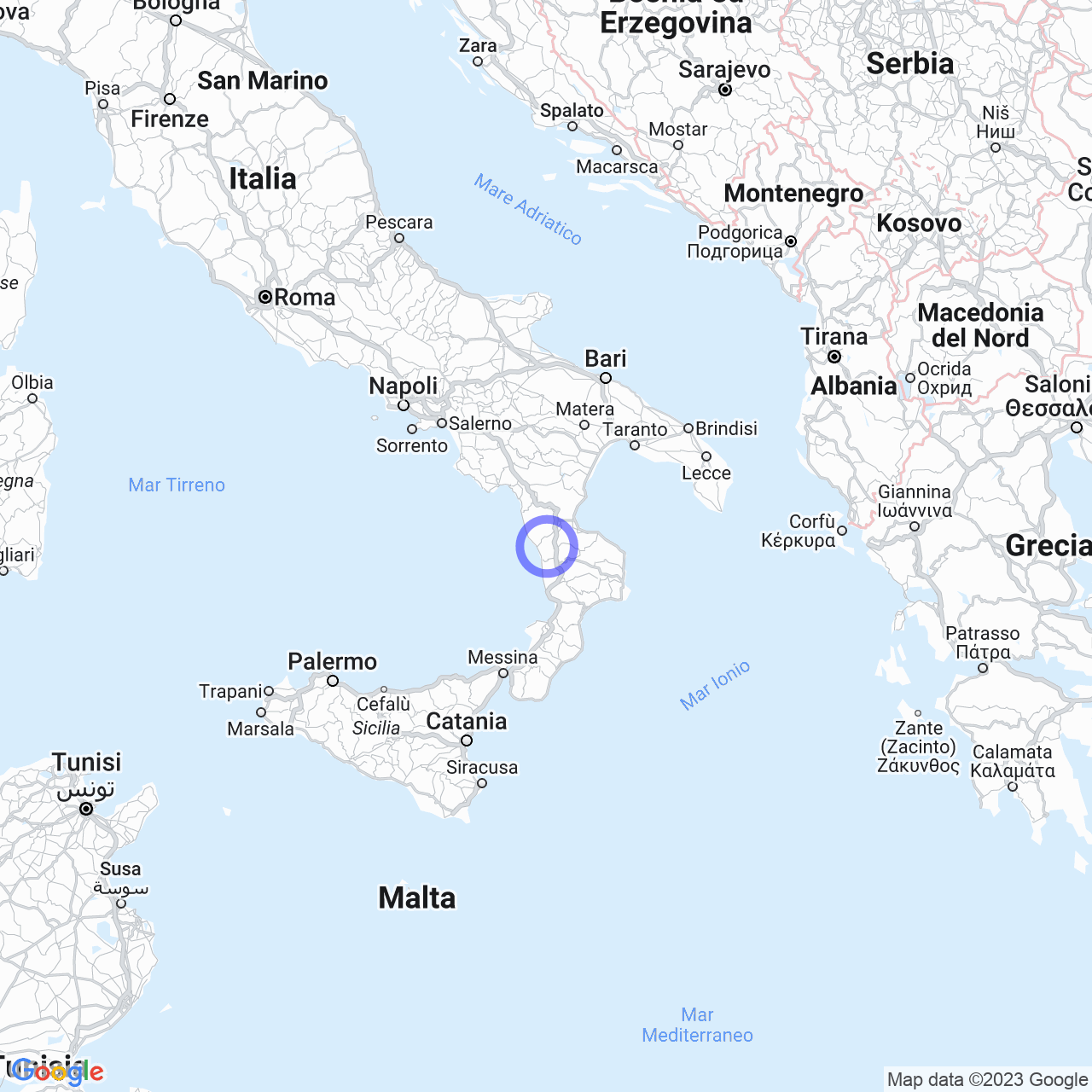Rota Greca
Rota Greca - a brief introduction
Hello everyone! Today I want to talk to you about Rota Greca, a small town in the province of Cosenza in Calabria. With its 1067 inhabitants, Rota stands at 510 meters above sea level, at the foot of Serra Pantanolata (1404 m), the second peak of the Coastal Chain. But I'm not here to give you basic geographical information, I want to share with you the history of this fascinating town and some curiosities that I have discovered.
History of Rota Greca
Rota Greca has an ancient and eventful history. One of the first references to the area, which corresponds to the current province of Cosenza, dates back to the year 849 during the period when the territory was disputed between Lombards and Greeks-Byzantines with frequent saracen invasions. Rota occupied a unique and strategic position, as it was close to the ancient communication road Popilia, built by the Romans, which crossed the Crati valley. In this area there were several watchtowers and military defense, as evidenced by the toponym "La Guardiola". Another district of Rota Greca, "Mangalavita", was repopulated by Albanians in the sixteenth century, when it was also known as Migliani. Its name probably derives from the Byzantine-Greek presence in the area. Finally, in the sixteenth century, the district of Babilonia was called so to indicate the saracens, according to the historical evidence of the period.
The first documented reference to Rota Greca after the year 849 dates back to 1089 with the presence of a Benedictine monastery, Santa Maria la Rota, dependent on the monastery of the Holy Trinity of Cava dei Tirreni. The monastery was probably located in the current district of Casale. There are several papal bulls that demonstrate the presence of the monastery, such as that of August 30, 1100 of Pope Paschal II and that of Pope Anacletus II, which grants Simeone ownership until 1137. In addition, during the struggles between King Manfredi and Carlo D'Angiò, several casali, including Rota, which appeared as the bishop's fortress, were returned to Bishop-Baron Ruffino of Bisignano.

Some curiosities about Rota Greca
In addition to its history, Rota Greca has many other curiosities that I would like to share with you. For example, the town can boast of having given birth to the former Napoli footballer, Gennaro Gattuso. Furthermore, Rota Greca is famous for a millennial secular tree, a thousand-year-old olive tree that is called "L'Olivastro" by the locals. This olive tree, located near the church of Santa Maria della Stella, is considered one of the largest in Europe.
Conclusions
In conclusion, Rota Greca is a town that has a lot to offer: enchanting landscapes, an ancient and fascinating history. I hope I have conveyed the same enthusiasm that I felt during my research on this town. If in the future you have the chance to visit Rota Greca, take the opportunity to discover more about its fascinating history and curiosities.
